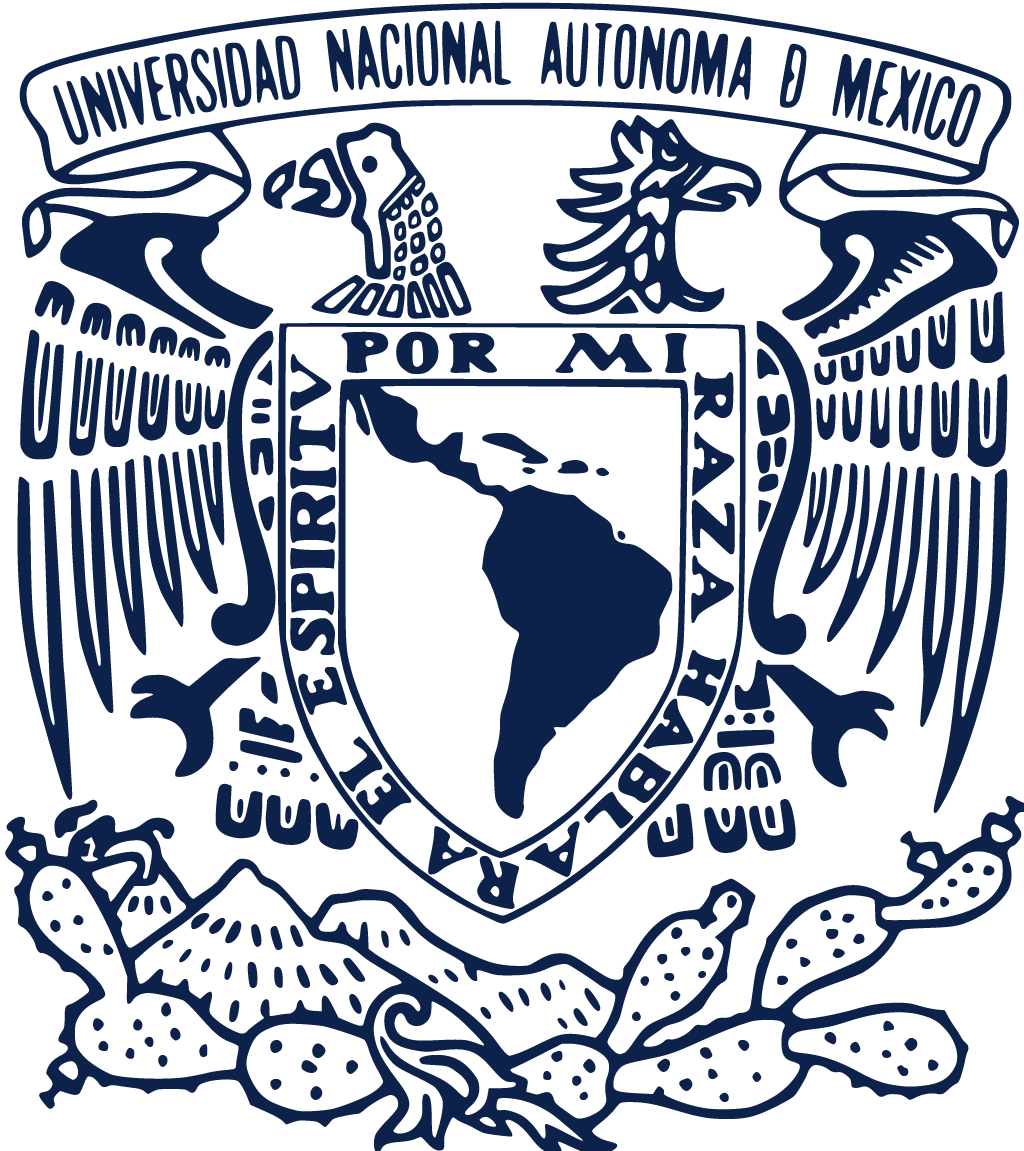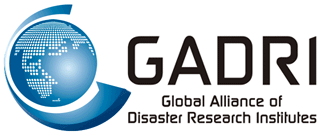- Home
- About
- Events
- Members
- About Members
- Member Institutes
- Algeria
- Argentina
- Australia
- Austria
- Bangladesh
- Brazil
- Bulgaria
- Canada
- China, People's Republic of
- Colombia
- Ecuador
- Egypt
- European Commission
- France
- Germany
- Ghana
- Hong Kong (People's Republic of China)
- India
- Indonesia
- Iran (Islamic Republic of)
- Israel
- Italy
- Japan
- Korea, Republic of
- Lao PDR
- Malaysia
- Mexico
- Morocco
- Nepal
- New Zealand
- Oman
- Phillippines
- Slovakia
- South Africa
- Sri Lanka
- Sudan
- Sweden
- Switzerland
- Chinese Taipei
- Thailand
- Turkey
- United Kingdom
- United States
- Vietnam
- Zimbabwe
- Membership
- Activities
- Resources
- GADRI Archives
- Home
- >
- Members
- >
- Member Institutes
- >
- Mexico
 |
Institute of Geography, National Autonomous University of MexicoMéxico, D.F. |
| Outline In June 1943, the University Council approved the creation of the Institute of Geography, which began its activities in Palma street number 9 in the Historic center of Mexico City. In 1954 it moved to Ciudad Universitaria (CU), a former adjoining the Tower of Sciences, Humanities Tower today-II and in 1975 was changed within the same University City, the Circuit of Scientific Research building. The Institute of Geography has played a major role in university and national scientific development to give rise to the Center for Research in Environmental Geography (CIGA), Campus Morelia, created in August 2007. The Institute of Geography is the oldest and largest of its kind in central Mexico, currently its structure consists of three departments (Economic Geography, Physical Geography and Social Geography), a Laboratory Geospatial Analysis (LAGE), a Section Editorial (SE ) and two support units (Unit -UTI- Information Technology and Library which has more than 35,000 titles and houses the most comprehensive and important collection of the country in the field of geography, as well as one of the best map libraries, consisting of more than 20,000 documents). [detail] --> |
|


